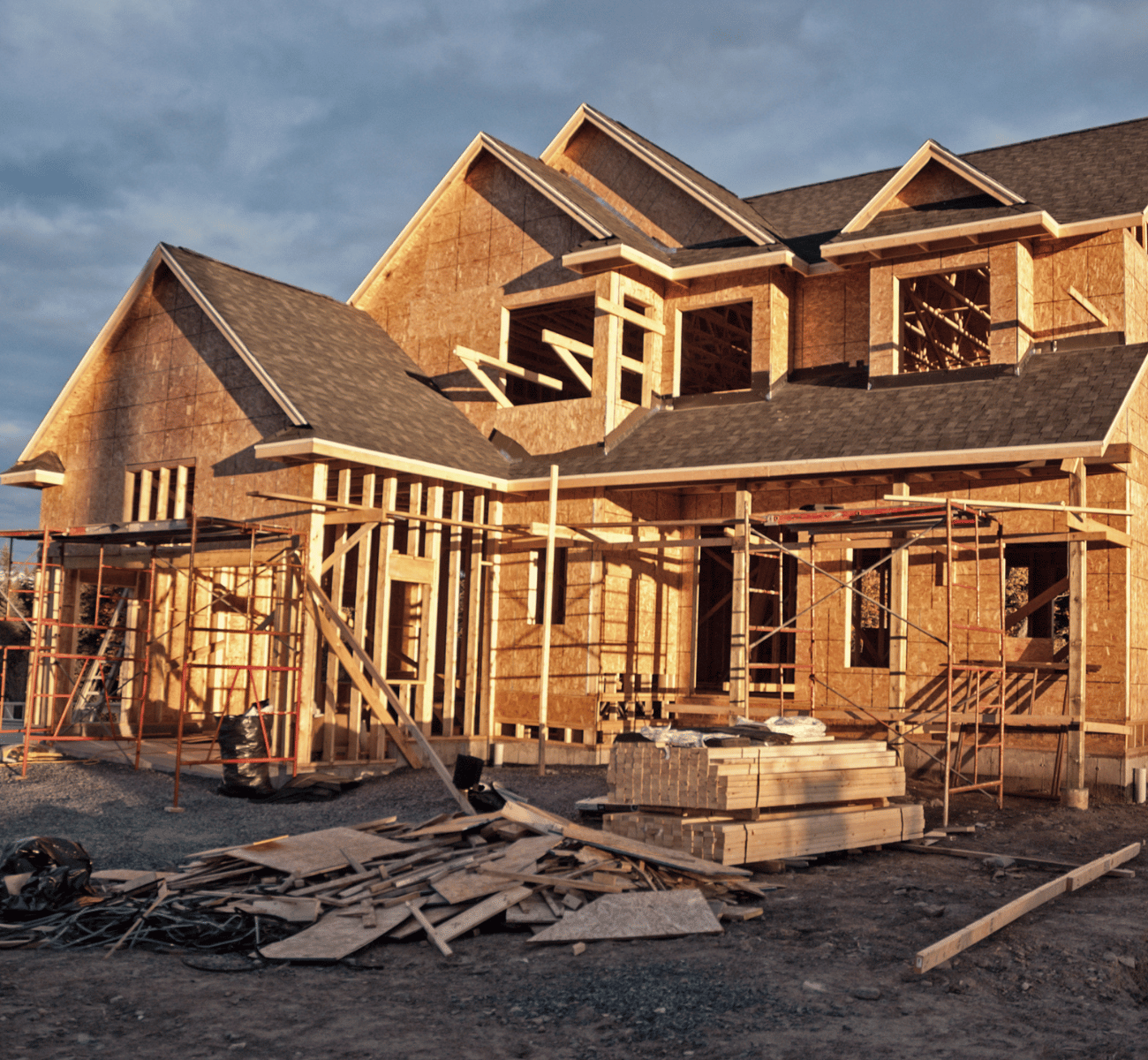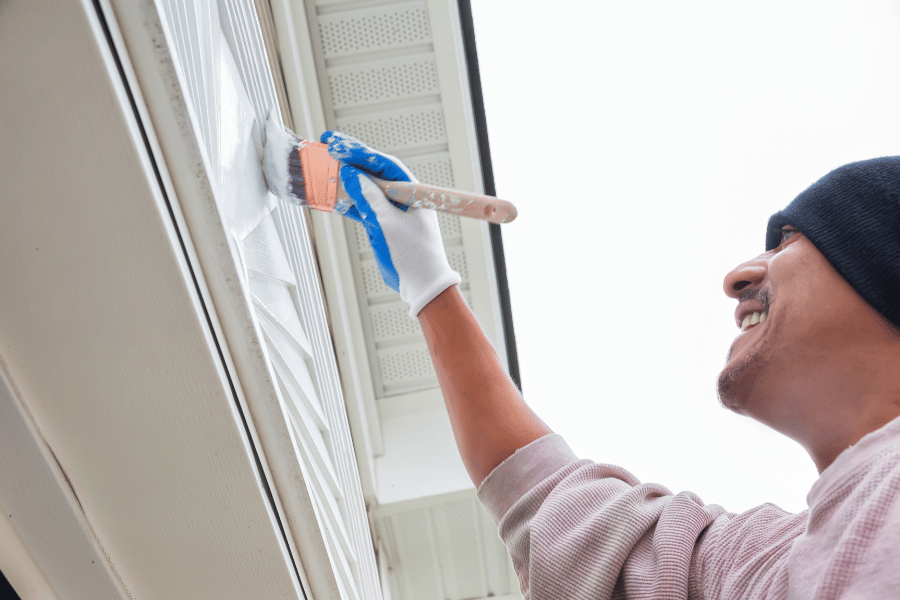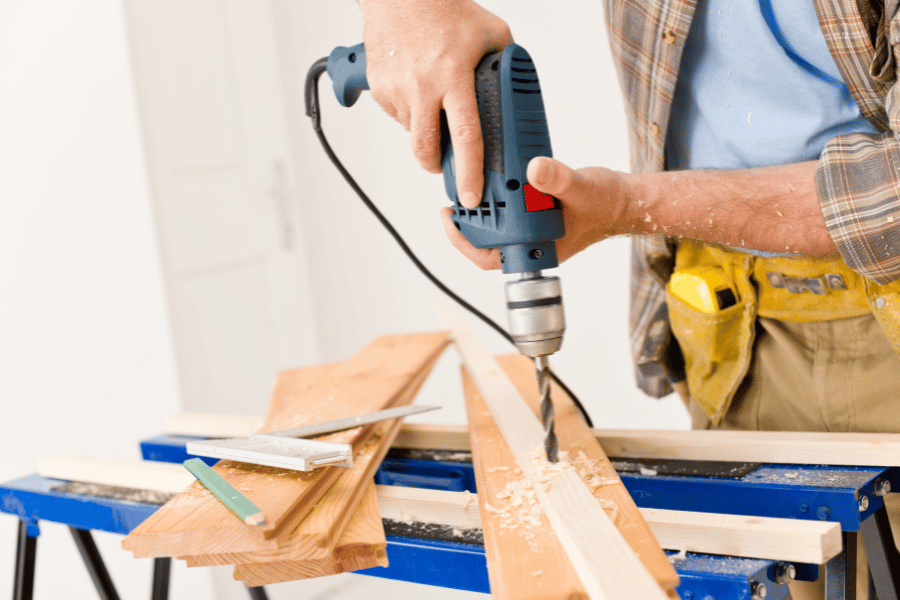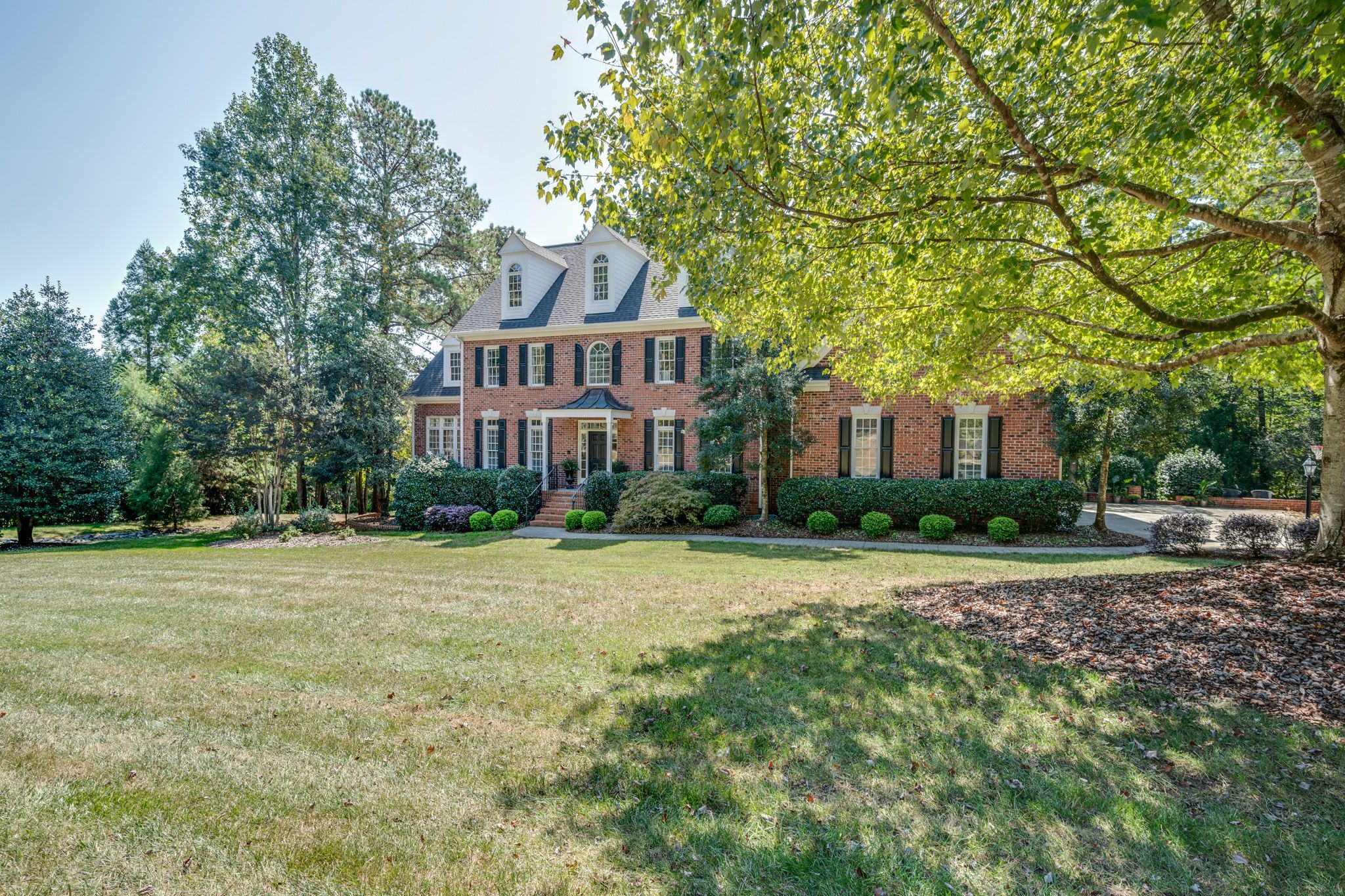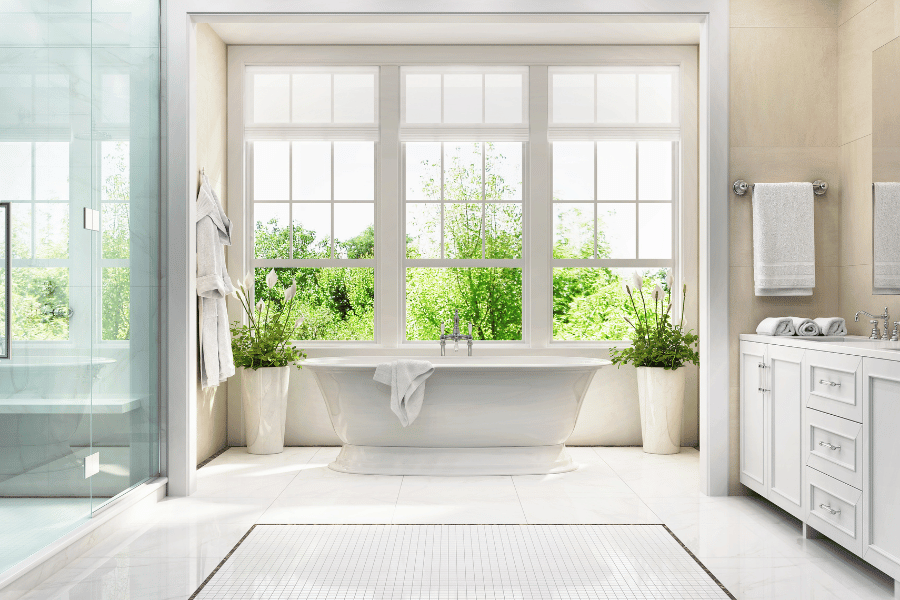10 Best Ways to Make a Handicap Accessible Home
March 29th, 2024
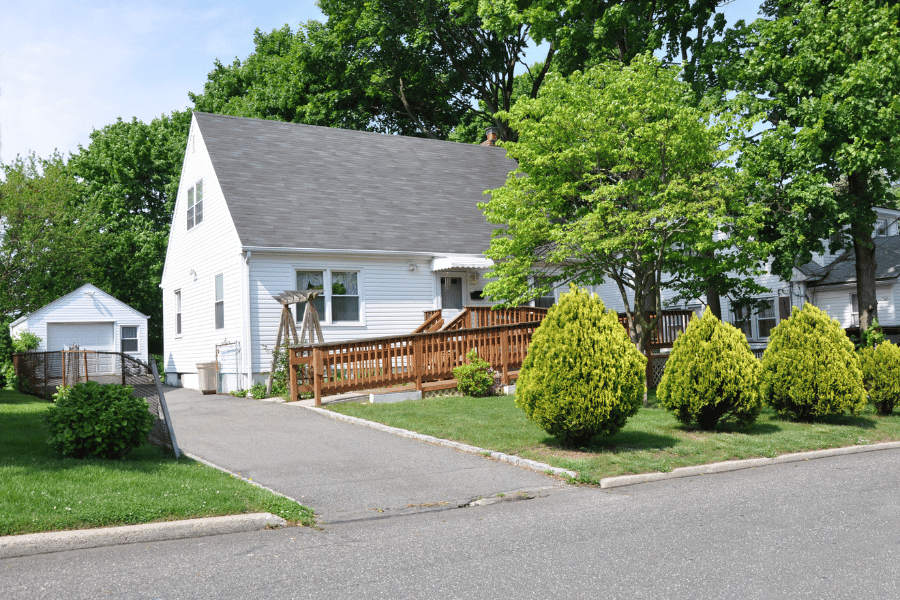
How To Make a Home Handicap Accessible
Do you want to make your home handicap accessible? Here are ten great ways to make a handicap-accessible home for people living with disabilities.
Making home improvements for people living with disabilities will go a long way in creating a safe environment for them to complete everyday tasks without the risk of injury.
Most homes on the market do not have handicap-accessible modifications unless you are building a home, so it is important to know what needs to be done to ensure a high quality of life for persons with disabilities living in the home.
There are 61 million adults in the United States who live with a disability, 12.1% of whom have a mobility disability, which means that they have serious difficulty walking or climbing stairs.
Adults and children with disabilities will need certain home modifications and improvement projects completed before moving to a home for their safety and peace of mind. Whether you need to widen the doorways or replace steps with ramps to get inside the home, many modifications can be done easily without needing professional help.
The first step to creating a handicap-accessible home is to walk through the home and determine what needs to be done. There is much to consider in order to make your home ADA-compliant, especially if you live in a two-story single-family home.
With that said, here are ten of the best ways to make a handicap-accessible home with information on cost and measurements provided by the Americans with Disabilities Act.
This is how you make a handicap-accessible home
Chapters
1. Install a Stairlift
If you live in a two-story home with stairs, it might be a good idea to install a stairlift so that those with mobility disabilities can easily access both levels of the home.
A stairlift typically costs between $2,500 and $8,000 and should be installed by a professional to do it safely and correctly. The price will vary depending on the model selected, the length of the staircase, the type of seat, and any other upgrades added.
While installing a stairlift in your home is not cheap, it is definitely a good investment that can significantly improve the quality of life for those with mobility disabilities.
Before installing a stairlift, it is important to keep in mind that they will limit space on narrow stairways, and if your home has multiple levels, you might need a separate stairlift for each level.
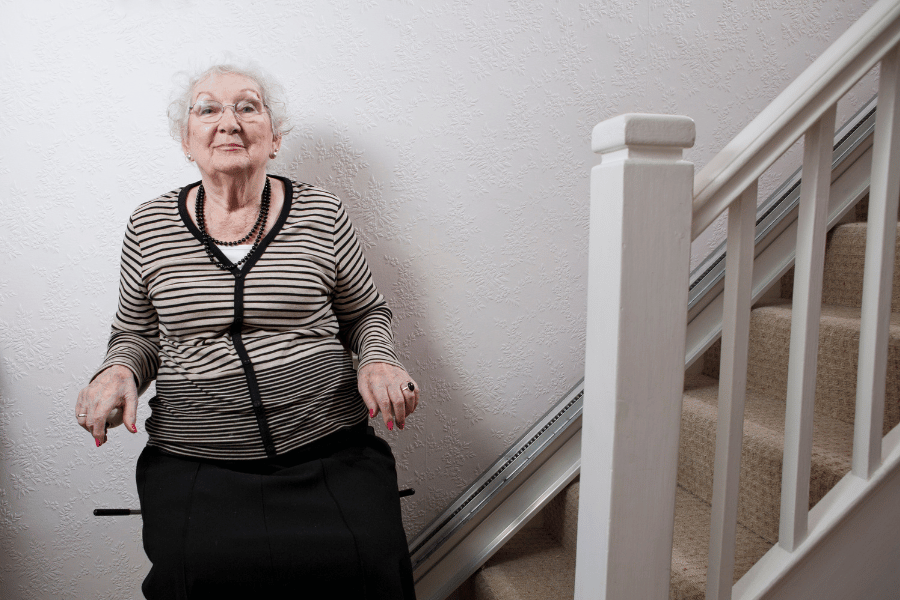
Here are the most common disability types in the United States that impact adults:
| Disability Type | What it Impacts | Percentage of American Adults |
| Mobility | Difficulty walking or climbing stairs | 12.1% |
| Cognitive | Difficulty making decisions | 12.8% |
| Independent Living | Difficulty doing things alone | 7.2% |
| Hearing | Difficulty hearing or deafness | 6.1% |
| Vision | Difficulty seeing or blindness | 4.8% |
| Self-Care | Difficulty dressing or bathing | 3.6% |
*Data Sourced from the CDC.
2. Widen Doorways
Any person with a mobility disability will need enough space in doorways so that they can get through. According to the Americans with Disabilities Act, the width of a door opening must be a minimum of 32 inches to allow enough space for wheelchairs, walkers, and any other mobility aid.
Widening doorways in the home can be expensive, but it might be necessary to make a home handicap accessible. Doorways should always be clear of all debris, and all interior doors should not require more than five pounds of force to open.
3. Install Grab Bars
Grab bars are a great tool and safety device that helps maintain balance while standing. Also known as handrails or safety rails, grab bars are an essential tool to have if you want to make your home handicap accessible.
There are many different types of grab bars that can be installed throughout the house, including straight grab bars, wave grab bars, and textured grab bars. Mainly installed in the bathroom when a person with a mobility disability uses the toilet, tub, or shower, they can also be installed all over the house when needed.
Generally, grab bars are an affordable safety tool and can cost as little as $15 to upwards of $80, depending on the size, style, and type. If you are concerned about interior decorating, grab bars come in multiple styles and finishes, including bronze, stainless steel, and chrome.
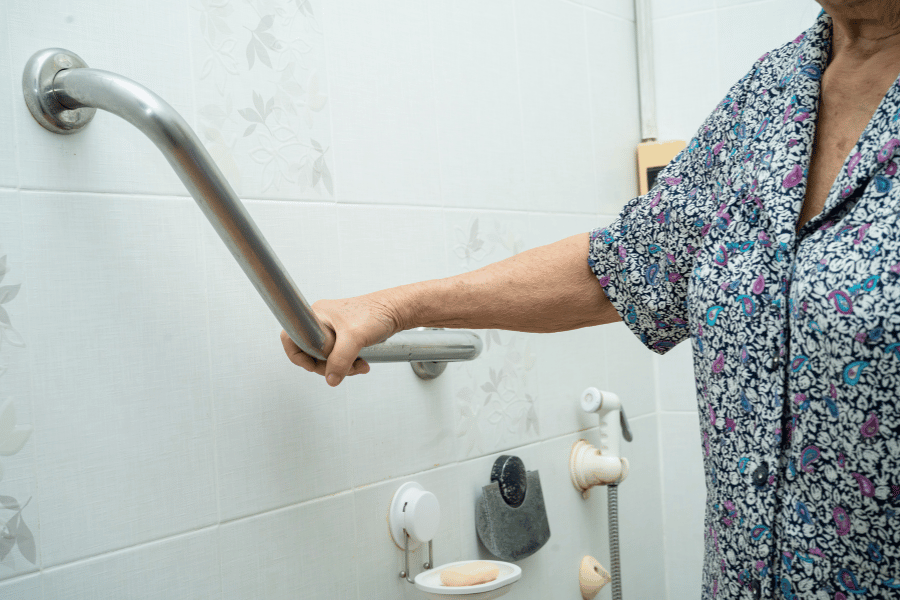
4. Replace Steps With Ramps
Installing a wheelchair-accessible entrance is one of the first things you should do when making a home handicap accessible. Many single-family homes have stairs at the entrance, which is why you should replace those stairs with a handicap-accessible ramp.
There are many different types of ramps on the market that can be purchased, from portable ramps to ramps that can be built to fit your needs. Portable ramps are a great and more affordable option if you only have a few steps leading up to the entrance.
Building a residential ramp will be the way to go if you are looking for a more permanent option. When constructing a ramp, the maximum slope recommended by the Americans with Disabilities Act is 1:12.
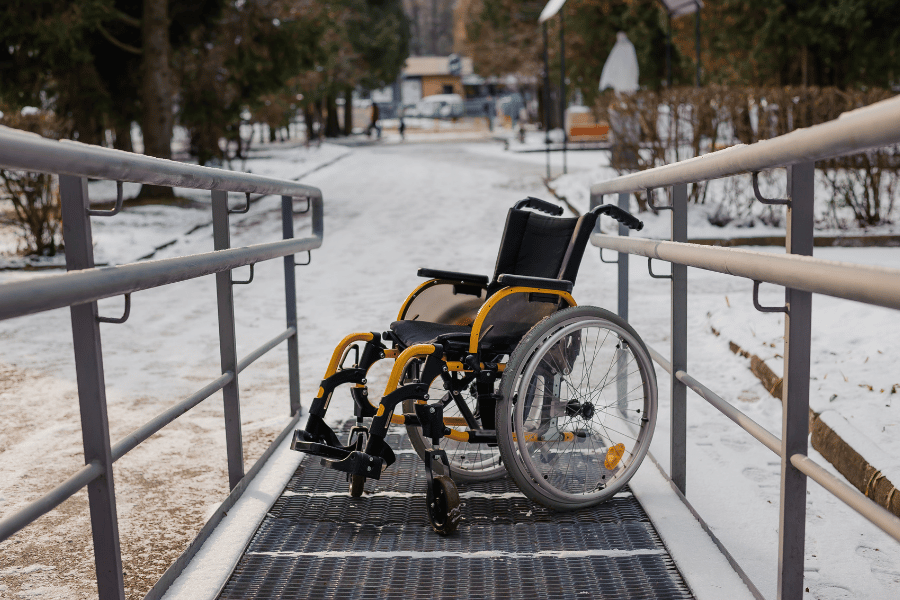
5. Lower Sinks
Most sinks in the kitchen and bathrooms are not easily accessible for wheelchair users. Replacing regular sinks with lowered sinks that still have room to accommodate a wheelchair underneath is essential for a handicap-accessible home.
Wheelchair-accessible sinks are a must-have and are designed specifically for people with mobility disabilities. To meet the Americans with Disabilities Act guidelines, sinks should not be mounted higher than 34 inches from the floor and should have a knee clearance of 27 inches high, 30 inches wide, and up to 25 inches deep.
6. Replace Knob Handles
Round door knobs are not ADA-compliant since they require users to twist their wrists. Replacing knob handles with either a door knob extension or with handle or lever-style handles can make a huge difference for people with disabilities to open and close doors in their homes.
According to the Americans with Disabilities Act, all door handles should have a minimum height of 34 inches and a maximum height of 48 inches. The maximum force required to open the doors within a home should only be five pounds in order to accommodate various types of users and their abilities.
Many ADA-compliant door handles on the market can be purchased easily online or at a local home improvement store. Most of these door handles are affordable and sell for as little as $18 at Home Depot.
7. Lower Closet Rods
It is impossible for wheelchair users or people with mobility disabilities to reach items on shelves or in the closets that are high up. Lowering closet rods and making sure that items are easy to reach is an important step toward creating a handicap-accessible home.
Whether you choose to mount closet rods closer to the ground or install a pull-down closet rod, there are multiple options available that are easy solutions. All closets should have enough floor space so that wheelchair users will have a distance between their wheelchair and their clothes of no more than 10 inches.
All ADA-compliant closet rods should have a maximum high side reach of 48 inches, and the maximum distance from the user to the clothing rod itself should be no more than 21 inches.
8. Eliminate Bathing Barriers
Most bathrooms are not designed with handicap accessibility in mind, so removing barriers to bathing or toilet use in existing facilities is a great place to start.
For many people with disabilities, the bathroom presents many obstacles. From slick bathroom tiles to tubs with high sides, many physical barriers in the bathroom can be unsafe and lead to unwanted stress.
To avoid the risk of falls and injuries, completly eliminating bathing barriers to create an easier entry is the smart thing to do. Line your tub or shower with a slip-resistant surface, and consider installing grab bars throughout the bathroom for extra assistance and a built-in seat with handles.
In order to create an ADA-compliant bathroom, there should be clear floor space to move around, and there should be no obstacles in front of the bathroom door to allow for easy entry and exit.
The cost to remodel a bathroom will determine on what you need to change, materials used, and cost of labor and installation.
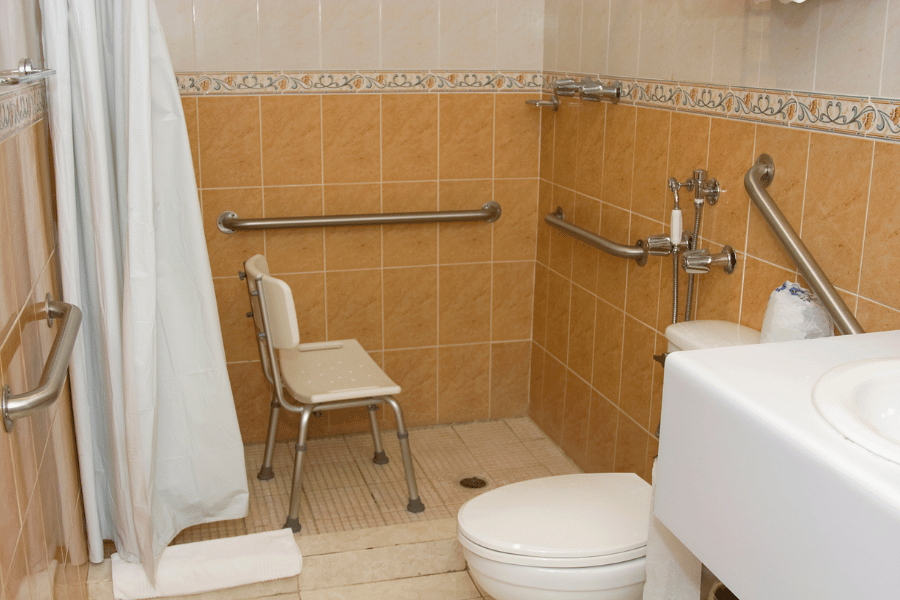
9. Consider Furniture Placement
Furniture placement is very important when making a handicap-accessible home. All furniture should be arranged throughout the home to allow enough space for people with disabilities to move around easily without the risk of bumping into something or tripping.
Wheelchairs and walkers will require extra space to move around, which is something to think about when arranging furniture throughout the home. Arrange all furniture in such a way that there are no narrow passageways or sharp turns.
Luckily, furniture placement is not permanent and can be moved if something does not work. Before purchasing furniture and deciding where to place it in the home, first consider how it will be used in the home and the path of travel to get to the piece of furniture before putting it somewhere.
10. Introduce Smart Home Technology
Smart technology and devices are great tools for persons with disabilities to gain independence and improve their quality of life. As more smart technology hits the market, implementing this technology into the home can go a long way in supporting people living with disabilities to complete everyday tasks.
From voice assistance to video doorbells, devices such as Amazon Alexa and Google Home devices can help people living with disabilities complete tasks at home, such as the ability to turn the lights on and off, adjust temperature controls, and lock and unlock the doors.
Considered a game changer when making a handicap-accessible home, these devices are a wonderful investment and are the future of creating an easier life for people living with disabilities.
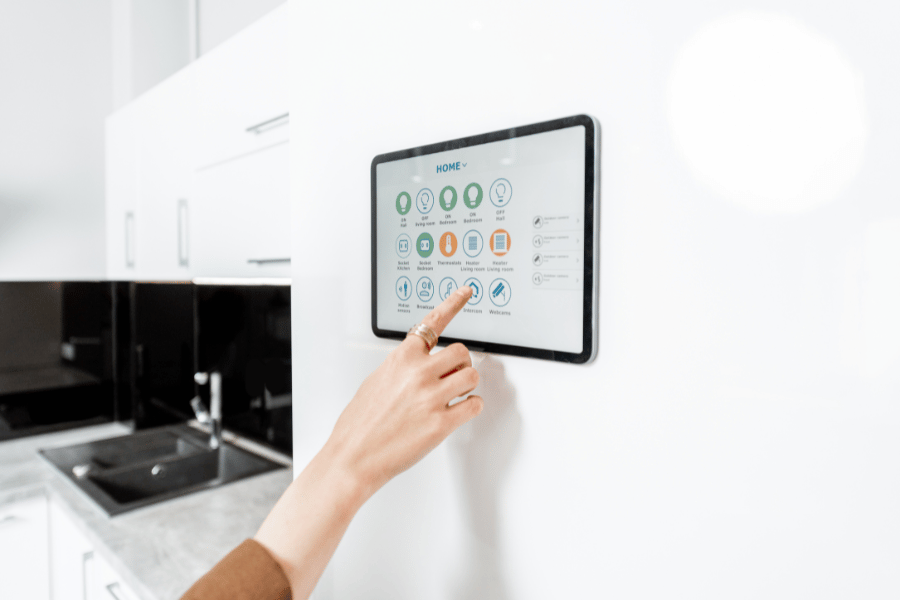
Methodology
We used data and information from Lowes Home Improvement, The Home Depot, the U.S. Access Board, and the Americans with Disabilities Act to determine the best ways to make a handicap-accessible home.
FAQs
How do you design a home for wheelchair users?
When designing a wheelchair-accessible home, it is important to install a wheelchair-accessible entrance, a stairlift, an open floor plan, and accessible kitchens and bathrooms.
What is a disability-friendly environment?
A disability-friendly environment is a physical space that ensures easy access to individuals with disabilities and mobility challenges.
What are the seven barriers for people with disabilities?
The seven most common barriers for people with disabilities are physical, communication, attitudinal, policy, programmatic, social, and transportation.
Best Ways to Make a Handicap Accessible Home - Final Thoughts
Making home improvements to create a handicap-accessible home will not only help people living with disabilities gain independence, but it will boost self-esteem and improve the quality of their lives.
Once you decide to sell your home, all of the home improvements made will also add value for resale for other people on the search for a handicap accessible home on the market.
If you are ready to find the home of your dreams and make it handicap accessible, contact the experts at Raleigh Realty. We are here to help and answer your questions about homes for sale in Raleigh, NC.

Ryan Fitzgerald
Hi there! Nice to 'meet' you and thanks for visiting our Raleigh Real Estate Blog! My name is Ryan Fitzgerald, and I'm a REALTOR® in Raleigh-Durham, NC, the owner of Raleigh Realty. I work alongside some of the best Realtors in Raleigh. You can find more of my real estate content on Forbes, Wall Street Journal, U.S. News and more. Realtor Magazine named me a top 30 under 30 Realtor in the country (it was a long time ago haha). Any way, that's enough about me. I'd love to learn more about you if you'd like to connect with me on Facebook and Instagram or connect with our team at Raleigh Realty. Looking forward to connecting!
Related Blogs
